Have a baby, and very soon, you’ll have to roll up your sleeves and battle an illness your child is inflicted with, while your heart pounds outside your chest. It’s inevitable. With brand new immune systems that are still gaining strength, your baby could be susceptible to a host of childhood diseases before the age of five. Most are harmless and will subside on their own. Whereas in some cases, you might have to be vigilant.
As a parent, it’s easy to slip into distress and fret over every rash and runny nose incident. But our children are resilient. With a little care or precaution, sick kids are able to bounce back to their usual selves.
So here is a list of common illnesses. Hopefully, with a little understanding, we can move through the first five years of our kids’ lives without feeling like we’ve jumped out of a plane without a parachute.
Common childhood diseases
1. Hand, Foot, and Mouth Disease
It is one of the most commonly occurring childhood diseases in recent times. It is a viral infection causing blisters/sores on hand, foot and mouth. it may be harmless but easily spreads its way through playgroups and playgrounds.
Contracted through:
Exchange of body fluids like saliva, mucus or urine. Also by touching an infected person or contaminated surface.
Signs:
- Tiny red blisters on hands and feet
- Red sores develop inside the mouth
- Fever
- Loss of appetite
- Possible for a rash to develop on the body as well
Usual period of illness:
- 7 – 10 days
Treatment:
Usually, Hand, foot, and mouth disease do not require any medical intervention; the rash clears up on its own. However:
- In severe cases, the doctor may prescribe topical ointments to soothe itchiness
- Avoid spicy, hard food as swallowing such food may become difficult
- Offer your little one cool, soothing food like soup, Chaas, or ice cream
Contact a doctor if:
- The fever lasts for more than 4 days
- New symptoms emerge
- The child shows signs of dehydration
Preventive measures:
- A healthy balanced diet to boost immunity
- Wash hands regularly especially after contact with other people, spending time outdoors, or before meals
- Avoid crowded areas during the HFMD outbreak
2. Chickenpox
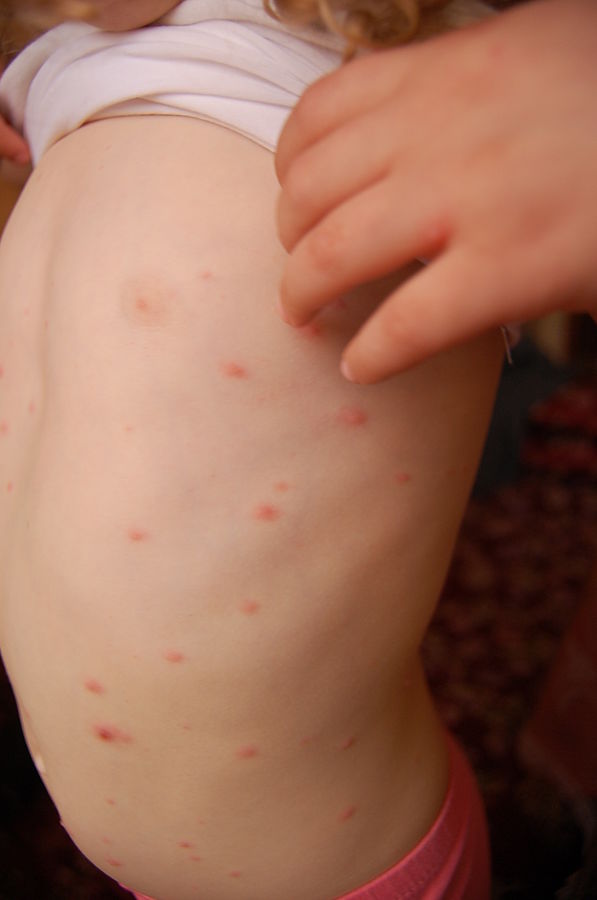
This viral illness is synonymous with itchy blisters/scab all over the body. It is highly contagious in the first two days, before the appearance of blisters. Once the blisters dry up and form scabs, it is no longer infectious. Earlier, a majority of children got chickenpox at one point or another in their life. But with the introduction of the vaccine, the rate of occurrence of chickenpox has fallen. The vaccine is usually safe and highly effective to prevent chickenpox.
Contracted through:
It is an airborne disease, highly contagious, and spreads through contact with an infected patient, through direct touch or even through the air by coughing and sneezing.
Signs:
- Bumps/blisters:
- Initially raised red bumps that break out over the body
- The bumps then form fluid-filled blisters that leak and dry out
- Blisters eventually form scabs
- Fever
- Loss of appetite
- Discomfort
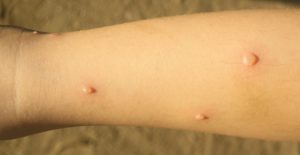
Usual period of illness:
- 5 – 10 days
Treatment:
Treatment for chickenpox in kids is usually to provide symptomatic relief. Complications from chickenpox are rare in healthy kids, but treatment usually involves avoiding (a very small but possible) risk of secondary infection related to scratching/hygiene:
- Gently apply calamine lotion on the affected areas for relief
- Maintain daily hygiene by cleaning the skin with warm water
- Keep nails clean & short, wear mittens/gloves to avoid scarring/infection due to scratching
- Offer cool food/homemade ice lollies to soothe the inside of the mouth
- Give fever medicine, if required, as prescribed by the paediatrician
Contact a doctor if:
- The fever exceeds 102°F
- The rash appears in one or both the eyes
- The child has extreme drowsiness
- The child has low or suppressed immunity
Preventive measures:
- Keep baby away from other kids who have contracted the disease
- You can opt for varicella vaccine (given after 12 months of age)
3. The Common Cold
It is an infectious disease, caused by viruses, affecting the upper respiratory tract. As the name suggests, the common cold is a very regular occurrence among children and adults. It is probably the most common of childhood diseases. In fact, children under the age of five are liable to get nearly eight colds a year.
Although mostly harmless, the common cold spreads quickly on contact and gives many parents sleepless nights.
Contracted through:
Physical contact with an infected person or via airborne droplets.
Signs:
- Runny or blocked nose
- A sore throat
- Nasal or chest congestion
- Mild to high fever
- Fatigue
- Loss of appetite
Usual period of illness:
- 7 – 10 days
Treatment:
Treatment for the common cold, including medicines, provide symptomatic relief only. The viral infection takes its course for recovery. Treatment for babies usually involves:
- Saline drops in the nostrils to reduce nasal congestion
- Suction bulb to clear the nasal passages especially for small babies
- Indirect steam from a safe distance to reduce congestion
- Sleeping at an inclined angle to drain out the mucus from the nose
- Plenty of fluids, including warm soups
- Prescribed medicines for relief from congestion or fever
- Traditional home remedies: Ajwain shek, Kadha, mustard oil massage
Contact a doctor if:
- The high fever (103-104°F) continues for more than 24-48 hours
- The illness lasts or worsens over 7-10 days
Preventive measures:
- Encourage your kid to wash hands thoroughly, especially after playing outdoors & before meals
- Consume a healthy balanced diet to build-up immunity
- During seasonal viral breakouts, avoid crowded places
- Teach your child to cover mouth when sneezing/coughing with a kerchief/elbow (if using hands for covering, wash them immediately)
4. Influenza a.k.a. Flu
Like the common cold, the flu is also a viral infection in the respiratory tract. Though similar in symptoms, especially at the onset of the infection, Flu may be more severe than a common cold and lead to complications. Many people mistakenly assume common cold and flu as the two different names of the same illness. However, Flu can be fatal, especially in very young children. Hence it is important that it gets diagnosed early to prevent secondary infections.
Contracted through:
Breathing in droplets created by the coughing and sneezing of an infected person. Flu also spreads through contact with contaminated surfaces.
Signs:
Not all cases of Flu show up with symptoms. Following are the common signs:
- High fever
- Chills
- Body ache
- A sore throat
- Fatigue
- Nausea
- Gastrointestinal symptoms: Stomach ache, diarrhoea, vomiting
Usual period of illness:
- 7 – 10 days (a cough may last for 2 weeks or more)
Treatment:
- Bed rest
- Drinking plenty of liquids
- Medication for relief from fever and body ache
Contact a doctor if:
- Baby has trouble breathing
- High fever (102°F or above) does not subside after 48 hours
- Baby shows signs of dehydration: low pee count, no tears when crying, throws up fluids
Preventive measures:
- Regular hands wash especially after playing outdoors & before meals
- Avoid touching eyes, nose and mouth
- Teach your child to cover mouth when sneezing/coughing with a kerchief/elbow (if using hands for covering, wash them immediately)
- Consume a healthy balanced diet to build up immunity
- Keep away from infected people and their surroundings
- Opt for Flu vaccine if recommended by your paediatrician
- During seasonal Flu breakouts, avoid crowded places
5. Croup
It is a respiratory infection which causes the vocal cords to swell up and results in slight breathing difficulties. Mostly a viral disease, in rare cases bacteria can cause it.
Contracted through:
Inhaling germs airborne in respiratory droplets.
Signs:
- Similar to symptoms prevalent in colds
- A sharp cough that sounds like a bark, which gets worse at night
- Fever
- Heavy breathing
Usual period of illness:
- Lasts 2- 7 days
Treatment:
Croup is usually a self-limiting disease with no intervention required. It usually recovers in a day or 2.
- Encourage the baby to drink plenty of fluids
- Sufficient bed rest
- Keep your baby as calm as possible
- Keep the head at an elevated angle to ease breathing
- The doctor may give steroids to open up the airway if the baby has difficulty breathing
Contact a doctor if:
- Baby struggles to breathe, makes a high-pitched noise when breathing or breathes faster than usual
- Drooling or difficulty swallowing
- The skin has a blue-ish tinge
Preventive measures:
- Flu and diphtheria vaccine can prevent many cases of Croup [1]
- Wash hands regularly after contact with others or before eating
- Avoid contact with infected children
6. Roseola

This viral infection shows up in children between 6 months and 2 years of age. Some cases are so mild, the symptoms barely appear.
Contracted through:
Contact with another child who has roseola, or through respiratory secretion or saliva of an infected child.
Signs:
- A few days of mild or sudden high fever, usually followed by a rash all over the body
- Loss of appetite
- Discomfort and irritability
- Swollen glands in the neck
- Common cold-like symptoms
- Febrile convulsions (in rare cases)
Usual period of illness:
- 4-8 days (Fever for 3-5 days, followed by rash for 1-2 days or even more)
Treatment:
Roseola usually does not require any medical intervention. The common treatment is:
- Sufficient rest
- Keep the child comfortable till the fever lapses
- Fever medicine, if needed, as prescribed by the paediatrician
- Maintaining sufficient fluid intake
Contact a doctor if:
- The rash doesn’t improve after 2-3 days
- High fever exceeds 101°F (in a baby younger than 6 months) or 103°F (in a baby older than 6 months) or lasts longer than 7 days
- A child has febrile seizures
Preventive measures
- Wash hands often
- Avoid sharing feeding utensils or crockery
Childhood diseases are not always scary
These six common childhood diseases affect many (actually most) of the children at some point before they turn five years old. For some of these diseases, immunisation is now available. Thankfully, these childhood diseases usually don’t cause any lasting damage, and most viral infection in kids even help strengthen their immunity (especially the common cold).

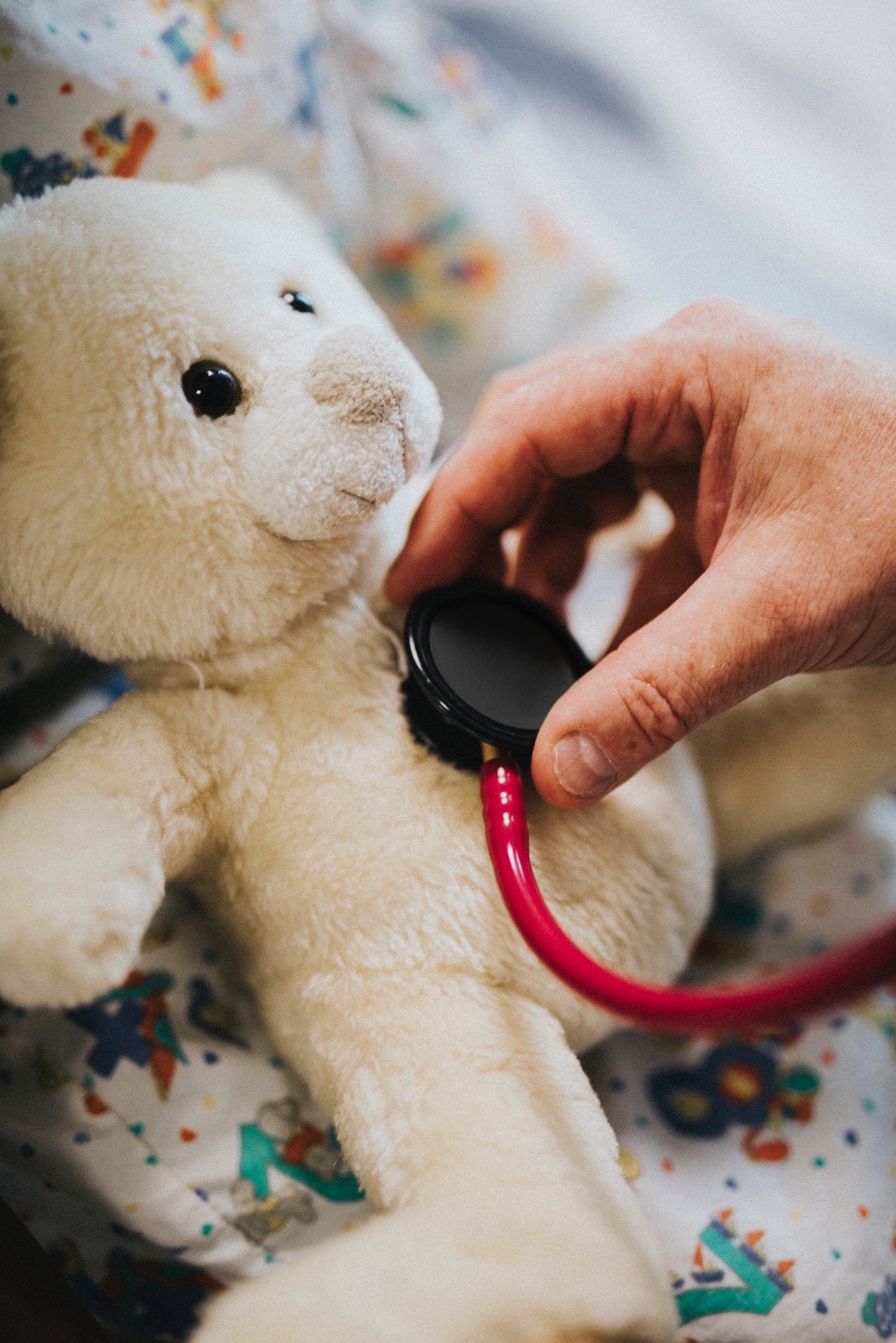
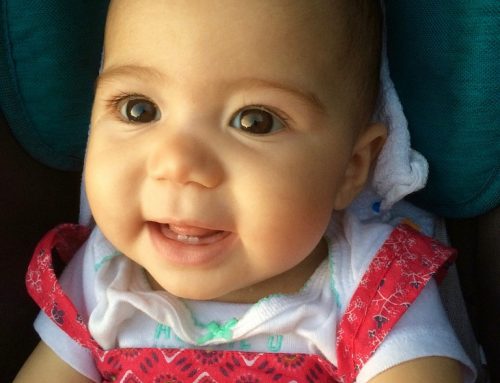


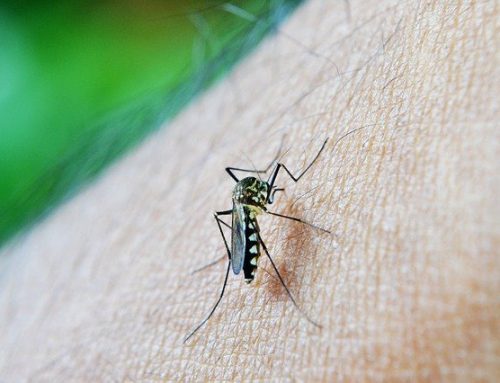
Hi rohini. Very well written. I like the way it is Structured in detail. Especially the part where your have mentioned what can one feed the child during the course of that particular illness.
Could u pls write on the emotional well being of a child once they enter year 2
Hi Pooja, glad you liked the post.
Will work on the write up for emotional well being of a toddler :-). Thank you for the suggestion.